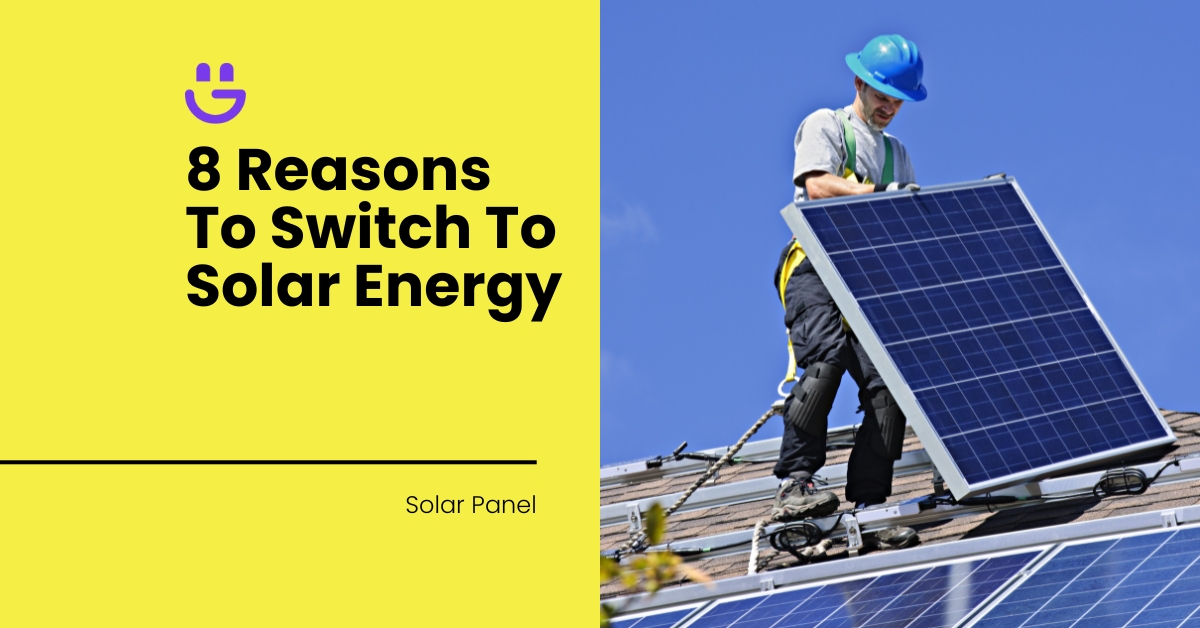Last Updated on November 14, 2025
Types Of Windows: A Guide To Different Window Styles
Windows are one of the most significant elements of any home or building, influencing not only aesthetics but also energy efficiency, security, and comfort.
Whether you are renovating your home or considering window replacement for a commercial building, understanding the different types of windows available can help you make an informed decision that best suits your needs.
This guide covers the various window styles, materials, glazing options, the cost of new windows, and considerations for insulation, ventilation, and security.
Contents
- 1 Types Of Windows: A Guide To Different Window Styles
- 1.1 What Are the Different Types of Windows?
- 1.2 How to Choose the Right Window for Your Home
- 1.3 Ready to Upgrade Your Windows? Get a Free Quote Today!
What Are the Different Types of Windows?
In the UK, there are several types of windows, each with its own unique design, functionality, and benefits. Below is an in-depth look at the most common types of windows, their features, and the pros and cons of each.
1. Casement Windows
Casement windows are hinged at the side and open outward like a door. They are one of the most popular window types in the UK due to their practicality and efficiency.
How They Work:
Casement windows open outward using a crank or handle mechanism, providing maximum ventilation and an unobstructed view.
Material Options:
Pros and Cons of Casement Windows
| Pros |
| Cons |
Ideal for: Modern homes, Victorian and Edwardian houses.
For more detailed information on casement windows and how they fit into your budget, check out our guide on casement window prices.
2. Sash Windows
Sash windows are a classic feature in many traditional British homes. These windows are made up of one or more movable panels (sashes) that slide up and down within a frame.
How They Work:
The sashes are counterbalanced using weights or springs, allowing them to slide vertically. Some sash windows can tilt for easier cleaning.
Material Options:
Pros and Cons of Sash Windows
| Pros |
| Cons |
Ideal for: Victorian, Georgian, and listed buildings
If you’re considering sash windows for your home, it’s also important to understand the costs involved. For more information on the price of sash windows, be sure to check out our guide for a detailed breakdown
3. Tilt and Turn Windows
Tilt and turn windows are versatile, combining the best of both worlds – a tilting option for ventilation and a turning option for a full opening.
How They Work:
These windows can be tilted inwards at the top for ventilation or turned completely open from the side for an easy exit or cleaning.
Material Options:
Pros and Cons of Tilt-and-Turn Windows
| Pros |
| Cons |
Ideal for: Modern homes, flats, or high-rise buildings.
If you’re considering tilt and turn windows for your home or building, understanding the potential investment is essential. For a deeper look into the costs associated with these windows, check out our guide on the cost of tilt and turn windows, which breaks down everything you need to know to help with your budgeting.
4. Bay and Bow Windows
Bay windows consist of three or more panels that project outwards from the wall, while bow windows have a curved shape with four or more panels.
How They Work:
Bay and bow windows add extra space to a room, creating a feeling of openness and providing panoramic views.
Material Options:
Pros and Cons of Bay and Bow Windows
| Pros |
| Cons |
Ideal for: Victorian, Edwardian, and larger homes.
For a detailed breakdown of the pricing and what you can expect with bay window installation, be sure to explore our blog post on bay windows prices, which offers useful insights for your budgeting and planning.
5. Sliding Sash Windows
Sliding sash windows are similar to traditional sash windows but are designed to slide horizontally rather than vertically.
How They Work:
These windows slide along tracks, typically opening side-to-side, allowing for more control over airflow.
Material Options:
Pros and Cons of Bay and Bow Windows
| Pros |
| Cons |
Ideal for: Georgian, Victorian, and period-style properties.
When considering sliding windows, it’s crucial to factor in both the aesthetics and the costs. To help guide your decision, take a look at our cost of sliding windows guide, which provides a detailed breakdown of pricing for this classic window style.
6. Fixed Windows
Fixed windows are non-opening windows that are designed purely to provide light and an unobstructed view.
How They Work:
These windows are sealed into place and do not have any moving parts.
Material Options:
Pros and Cons of Fixed Windows
| Pros |
| Cons |
Ideal for: Large, open-plan homes or commercial buildings.
7. Double-Hung Windows
Double hung windows feature two movable sashes that slide vertically within the frame. Both the top and bottom sashes can be opened for ventilation, allowing for versatile airflow.
How They Work:
Both sashes can be moved up and down independently, offering more control over ventilation. Some models include tilt-in sashes for easy cleaning.
Material Options:
Pros and Cons of Double-Hung Windows
| Pros |
| Cons |
Ideal for: Traditional homes, including Colonial, Victorian, and Georgian styles.
8. Single-Hung Windows
Single hung windows are similar to double hung windows, but only the bottom sash is movable. The top sash remains stationary. If you’re interested in learning more about both styles, be sure to check out our guide on double-hung windows vs single-hung windows for a detailed comparison that can help you make an informed decision.
How They Work:
The bottom sash slides vertically to open, offering basic ventilation options.
Material Options:
Pros and Cons of Single-Hung Windows
| Pros |
| Cons |
Ideal for: Smaller homes, apartments, or areas with space limitations.
9. Floor to Ceiling Windows
Floor-to-ceiling windows are large windows that span the height of the room, offering uninterrupted views and abundant natural light.
How They Work:
These windows are typically fixed but can sometimes be designed to open with a sliding or hinged mechanism, providing panoramic views and a seamless connection between indoor and outdoor spaces.
Material Options:
Pros and Cons of Floor-to-Ceiling Windows
| Pros |
| Cons |
Ideal for: Modern homes, contemporary apartments, and properties with beautiful outdoor views.
If you’re considering installing floor to ceiling windows, you may want to read our guide on floor to ceiling window prices to better understand the costs involved and make a more informed decision.
10. French Windows
French windows, also known as French doors when they open outwards, are a pair of windows that typically open from the middle. These windows are often used to connect the indoors with outdoor spaces.
How They Work:
French windows open like a door, providing easy access to balconies, patios, or gardens. They are often designed with a side-hinged opening mechanism, offering a wide, open entry.
Material Options:
Pros and Cons of Floor-to-Ceiling Windows
| Pros |
| Cons |
Ideal for: Period homes, cottages, and homes with gardens or terraces.
If you’re interested in installing French windows and would like a deeper look into the associated costs, check out our post on the cost of French windows to get a clear breakdown of the expenses involved.
Window Glazing Options
When choosing window types, glazing is just as important as the style itself. Here are the most common types of glazing:
How to Choose the Right Window for Your Home
When selecting a window type, consider factors such as the architectural style of your home, your budget, and your priorities regarding energy efficiency, maintenance, and security.
Ready to Upgrade Your Windows? Get a Free Quote Today!
Choosing the right type of window can drastically improve the comfort, security, and efficiency of your home. At Eco Happy, we offer expert advice and high-quality installation services for all types of windows. Request your free quote now to find the perfect windows for your home!





Tom Allen
Solar Expert